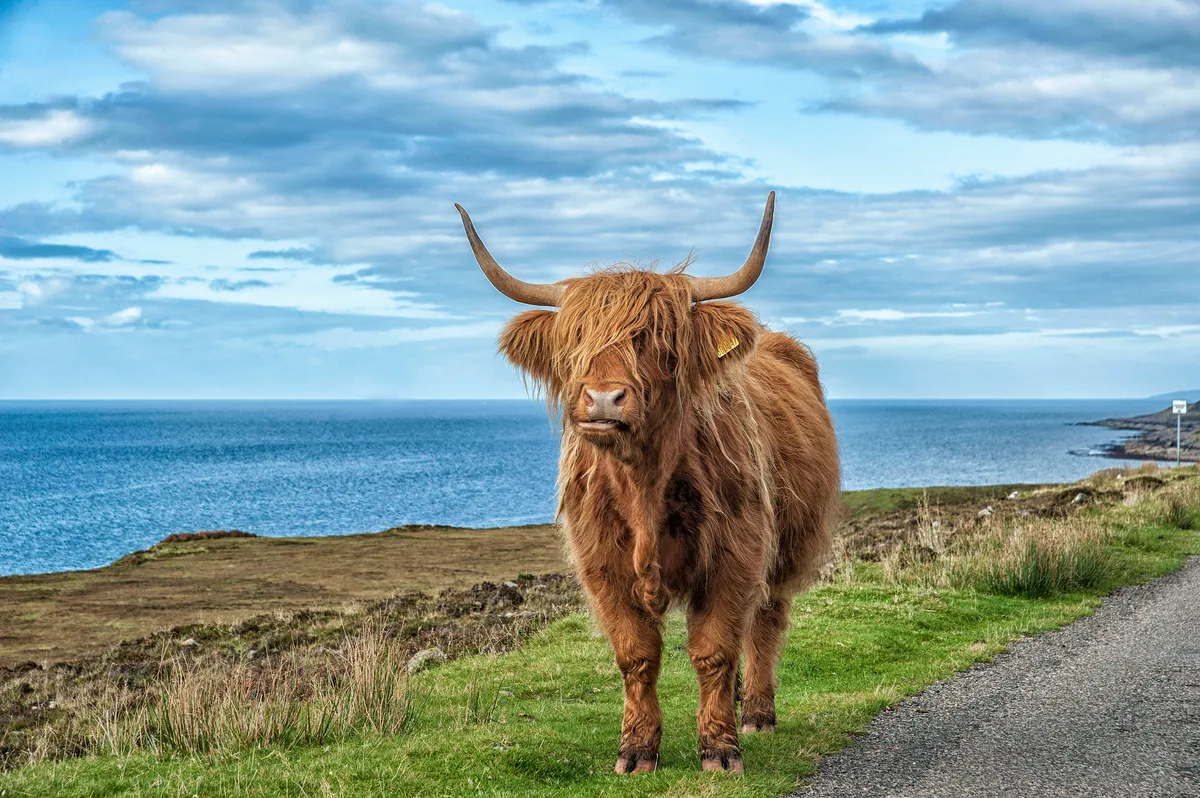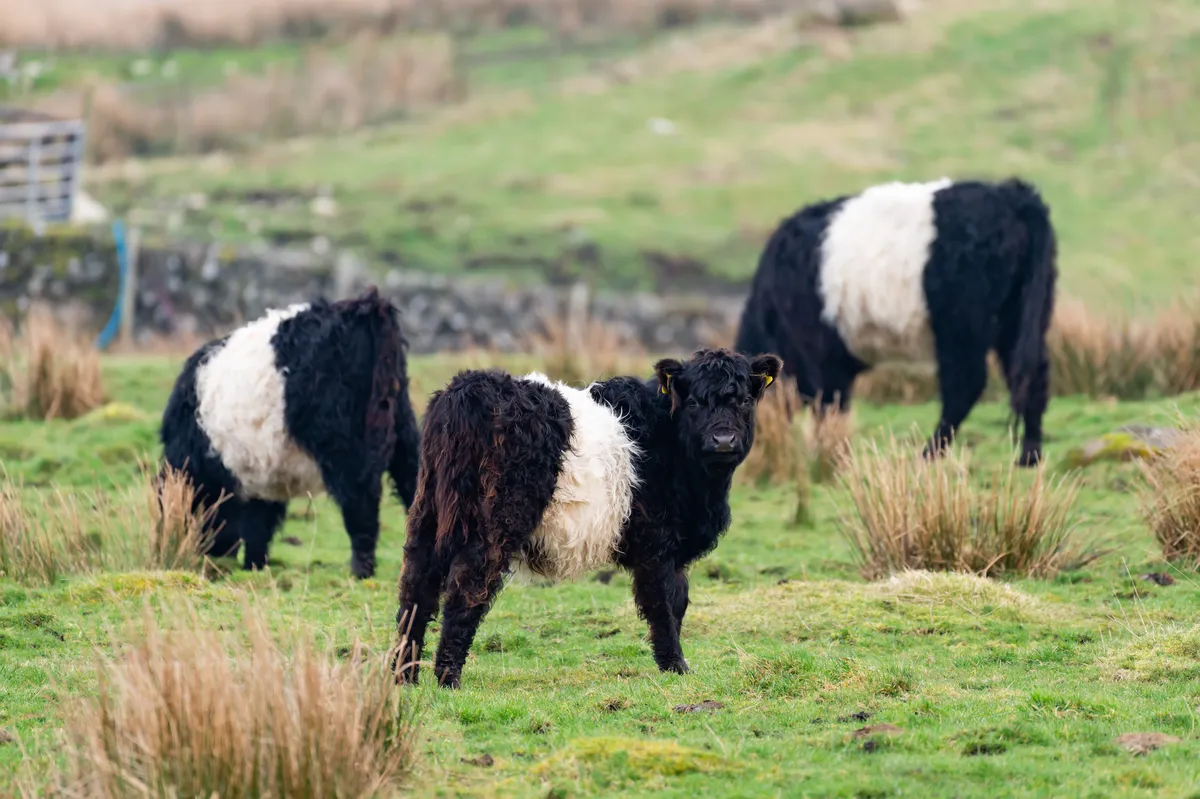Britain is home to a variety of native cattle breeds, ranging from beef cattle to dairy cows. A walk in the countryside will, almost inevitably, take you through a field of cows – all with different characteristics and appearance. But how do you know which type of cattle you're trying to navigate round, or through?
To get you started, we've put together a list of some of Britain's most common cattle breeds and how to identify them.
Common native British cattle breeds
- English Longhorn
- Red poll
- White park
- Hereford
- Highland
- Ayrshire
- Aberdeen Angus
- South Devon
- British White
- Belted Galloway
Quick look at British cows
How dangerous are cows to walkers?
Many a public footpath snakes through fields full of cattle, and they're usually so used to humans that they barely give walkers a second glance. But recent reports of these traditionally docile animals injuring and even killing people has worried visitors to rural areas. Are livestock in public places more of a danger than we think?
Mostly, common sense is needed – especially if you are dog walking, and you can enjoy country walks without fear.
British cattle guide
English longhorn
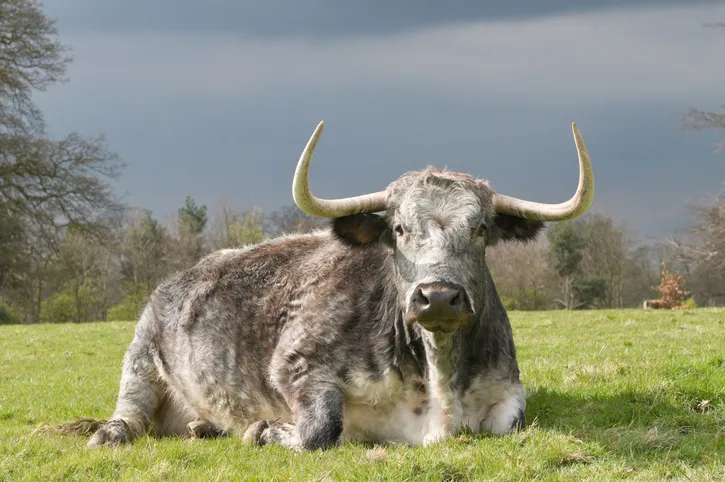
The longhorn is a breed of beef cattle recognised, unsurprisingly, by big long horns, and also sports a brown and white coat. Large in size, the Longhorn is a hardy breed considered a good calving cow with a high milk yield. Originating from Craven in northern England, the cow produces high butter fat contents in its milk, making it good for making butter and cheese products.
Red Poll
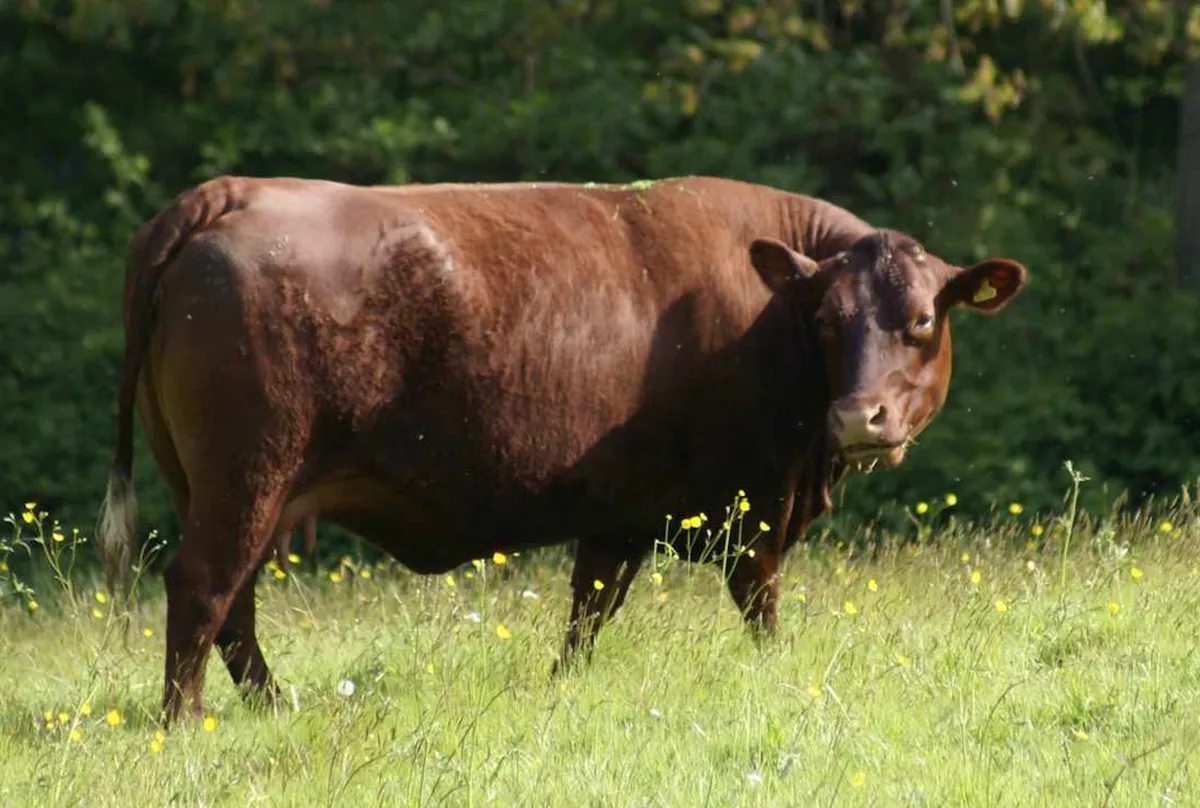
The Red Poll is a rust coloured cattle produced in the 19th century by crossing the Norfolk Red beef cow with the Suffolk Dun dairy cow. With its good maternal qualities and fertile traits, the cows breed well and are dual purpose, providing both milk and beef.
White Park
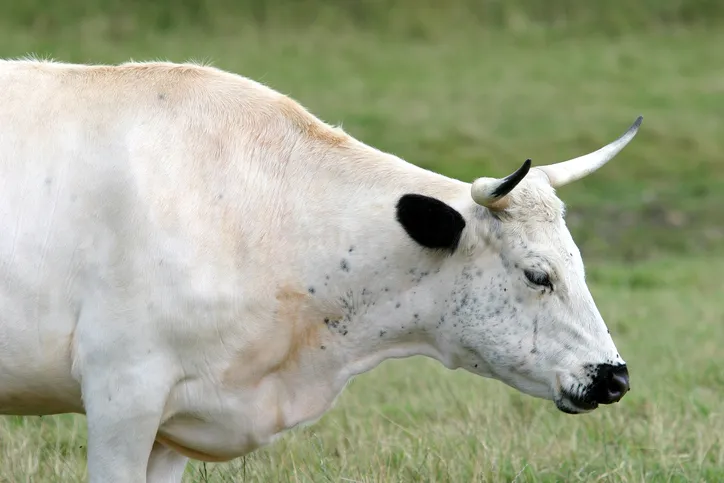
The White Park is a very old and traditional breed, dating back to the 13th century. Featuring a white coat with black speckles and large curved horns, the cow has a very distinctive appearance. Finished at round 30 months, the breed produces lean meat with little fat.
Hereford
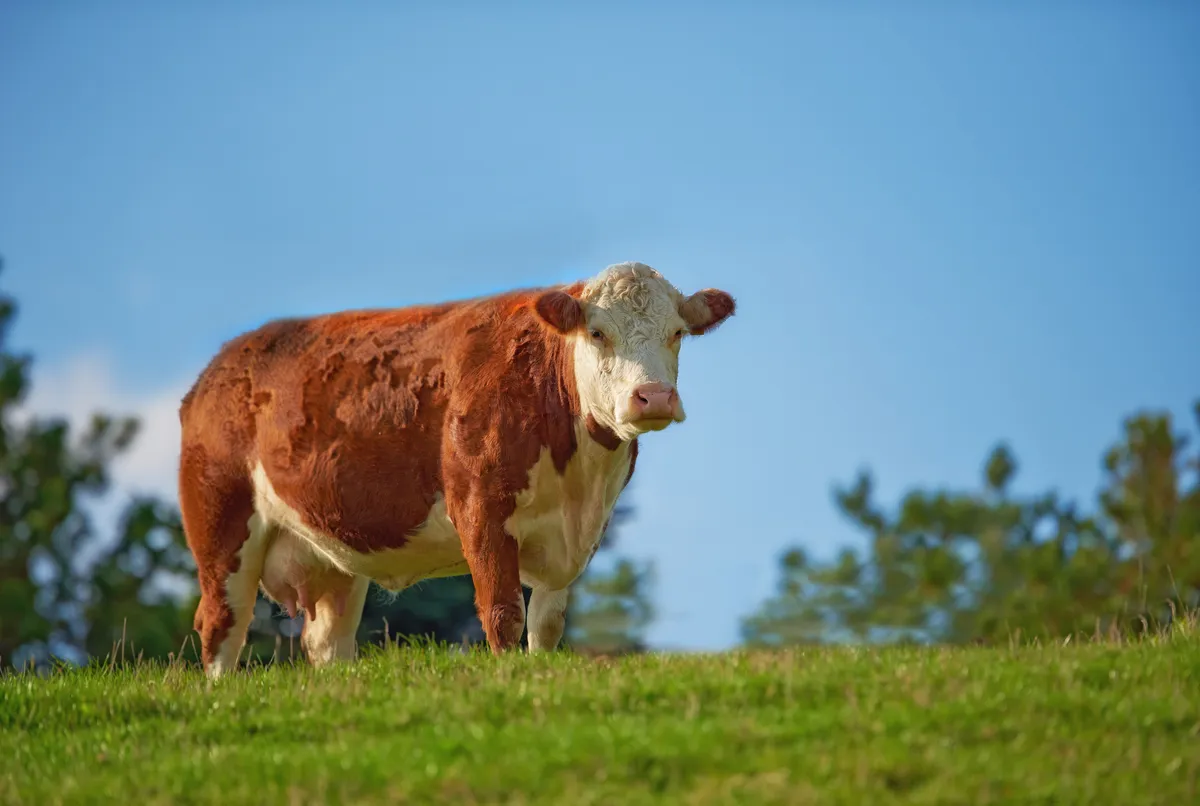
Mainly used for meat production, the Hereford cattle are red in colour with a white face and belly. Cows can often weigh up to 550kg and bulls 850kg, making them a hard and strong breed, easily handled because of their very docile temperament. Traditionally used in Herefordshire to work the county's fields, farmers would then sell the cows on for fattening after five or six years. Exports to a variety of countries in 1817 increased the breed’s numbers and they are now common cattle across the globe.
Highland
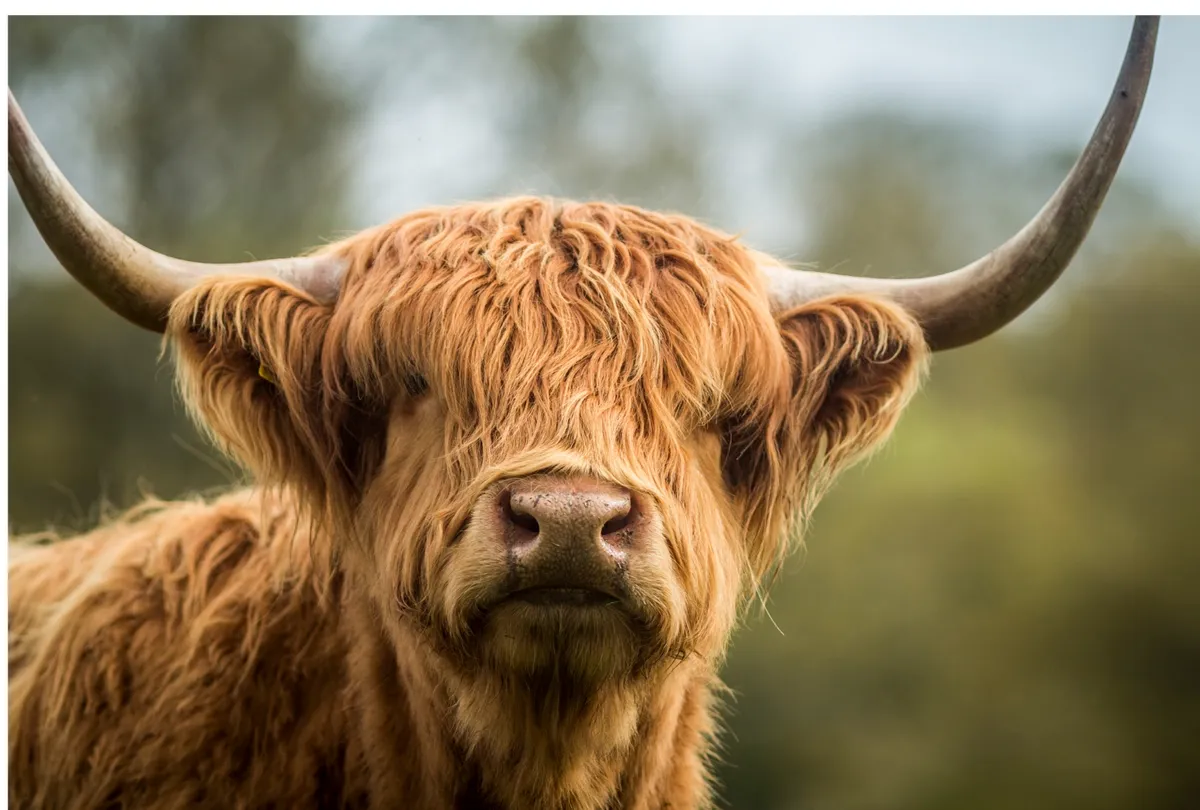
The highland cow is a Scottish breed of cattle recognised by their long horns and brown wavy coat. Considered an intelligent and gentle breed, the Highland’s first written evidence of existence dates back to the 12th century. Their meat is low in cholesterol as well as being full of flavour.
Spot one of these icons of northern Britain's countryside on one of our favourite Scottish walks.
Ayrshire
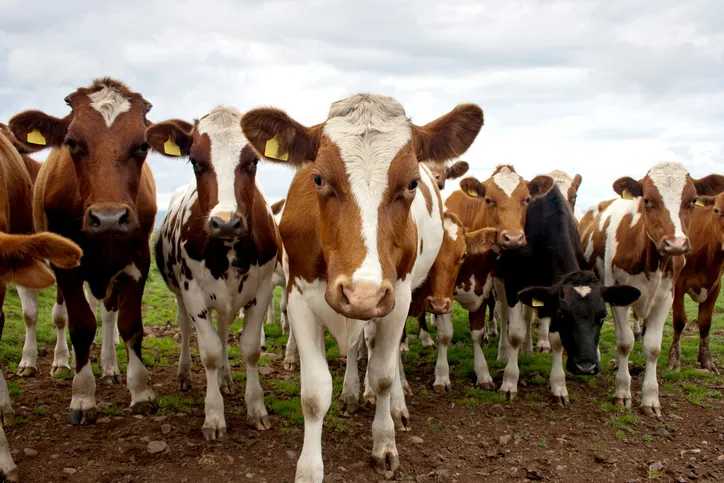
The Ayrshire originates from the area of Scotland it is named after. Weighing an average of 600kg, the cow is typically white with patches of red or brown. An economic dairy cow, the breed is known for its good quality milk and strong stamina. Ayrshires are now found across most part of the world and their milk is used globally for butter, cheese and milk products.
Aberdeen Angus
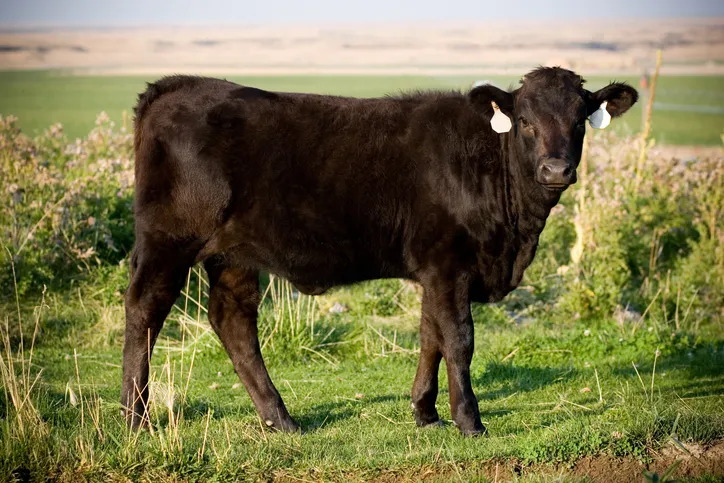
The Aberdeen Angus is one of the most famous beef breeds and was developed in the 19th century in Forfarshire, now known as Angus. A medium sized cattle with an all-black coat, the cow is naturally polled. The beef sourced from these cows is firm and lean. The animal itself is good natured, easy to calve and regularly used in crossbreeding.
South Devon
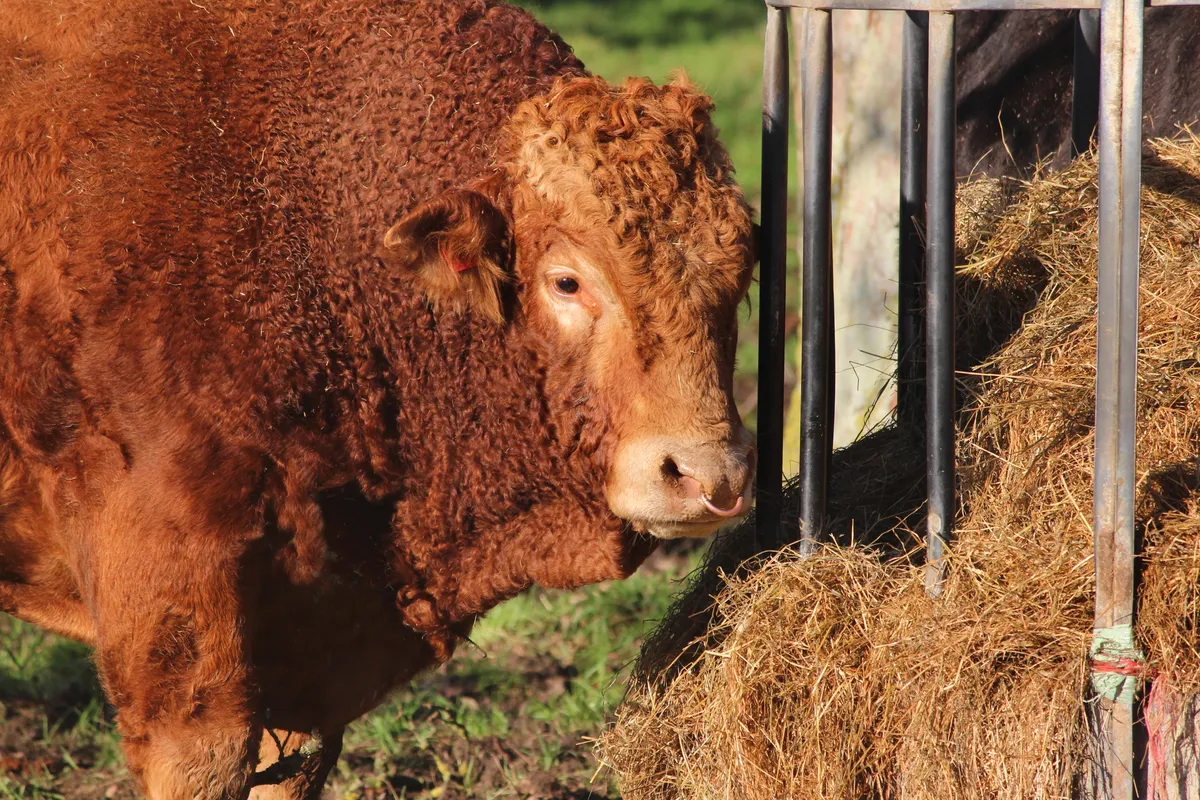
The South Devon cow is a lightly coloured brown cattle originating from Devon and Cornwall. Bred since the 16th century, the cow has great beef qualities and maternal characteristics. The South Devon's coat is curly, with ears set forward, and they are known for fast growth and early maturity. Producing lean marbling meat, the breed are widely used for beef and finished at around 15 months with an average weight of 560kg.
British White
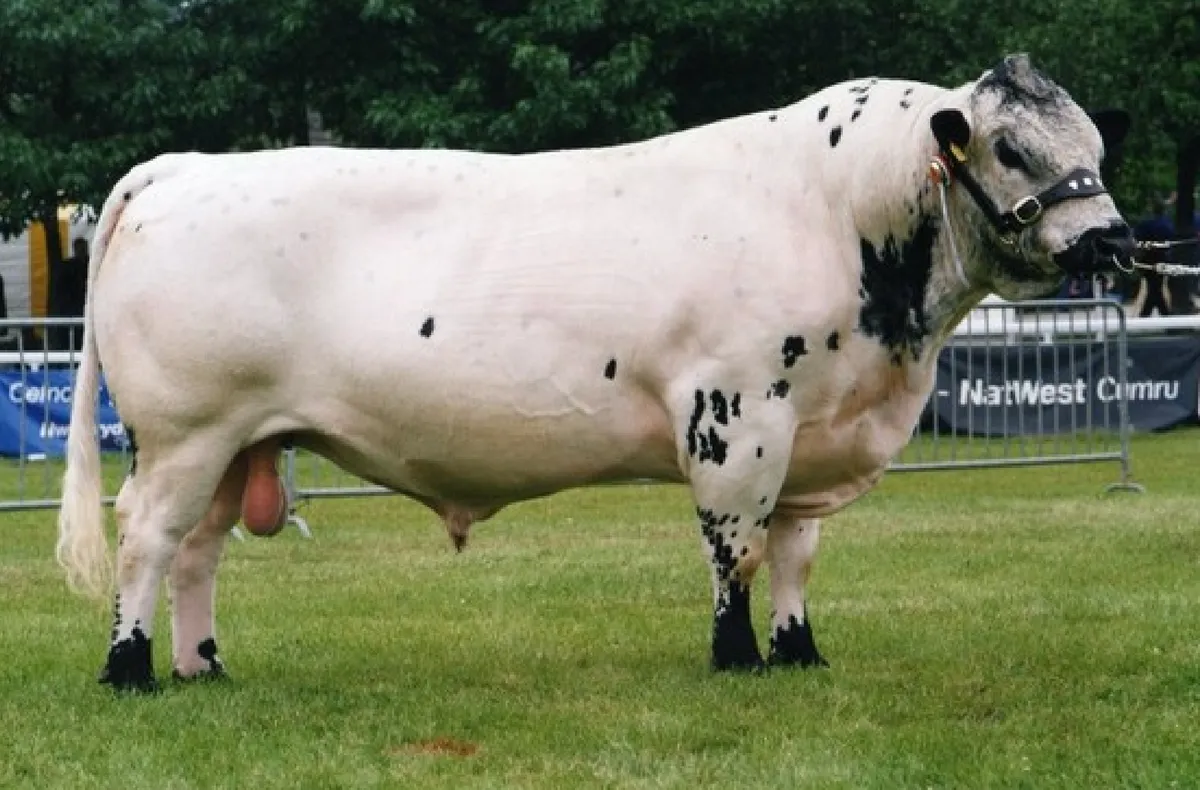
Originating from Lancashire in the 17th century, the polled British White is a medium sized white coloured cow. A docile temperament means it is easily handled. It is known for easy calving, efficient rearing and high quality beef production.
Belted Galloway
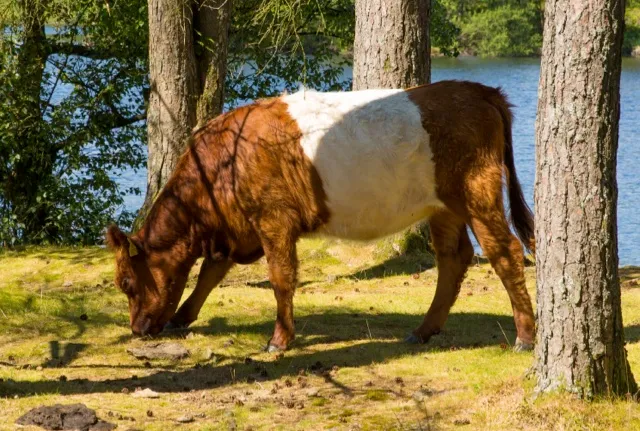
The Belted Galloway is a polled breed (bred without horns) with a thick hairy coat, bred through generational selection over a number of years. Although there are numerous colours, each Belted Galloway cow features a white stripe around its middle. The beef sourced from this breed is finished within 30 months and is usually very marbled. The cow is generally well suited for rough grazing land and is long lived.
